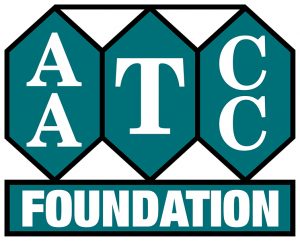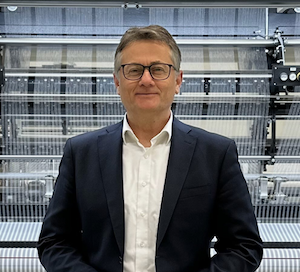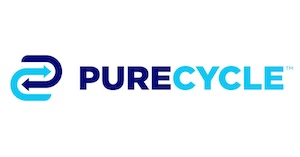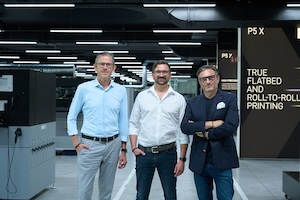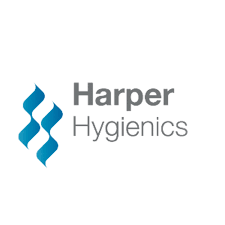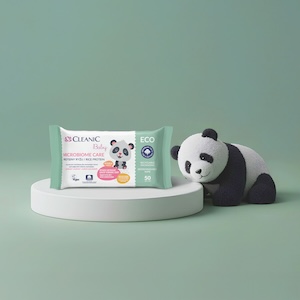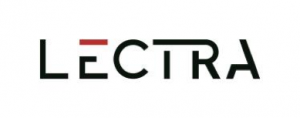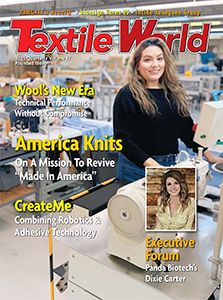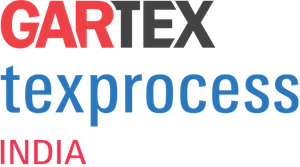 MUMBAI, India — July 3, 2025 — India’s laundry and textile care segment is experiencing growth with the industry’s emphasis on eco-friendly chemicals, waterless cleaning systems, sustainable laundry operations, circularity, textile lifecycle management and maintenance standards. According to IMARC Group, the Indian dry-cleaning services market size reached USD 1.31 billion in 2024 and is expected to reach USD 2.09 billion by 2033, exhibiting a growth rate of 5.40% during 2025-2033. Professional garment cleaning and textile care services have emerged as critical sectors in the textile value chain.
MUMBAI, India — July 3, 2025 — India’s laundry and textile care segment is experiencing growth with the industry’s emphasis on eco-friendly chemicals, waterless cleaning systems, sustainable laundry operations, circularity, textile lifecycle management and maintenance standards. According to IMARC Group, the Indian dry-cleaning services market size reached USD 1.31 billion in 2024 and is expected to reach USD 2.09 billion by 2033, exhibiting a growth rate of 5.40% during 2025-2033. Professional garment cleaning and textile care services have emerged as critical sectors in the textile value chain.
 This move will further strengthen Gartex Texprocess India’s portfolio, drawing on the expertise of Messe Frankfurt Group’s flagship ‘Texcare’ brand – a global reference point for the laundry, cleaning and textile services industry. As the demand for professional sustainable and technologically advanced textile care solutions grows in India, the Texcare community is finding an increasingly fertile ground in this market.
This move will further strengthen Gartex Texprocess India’s portfolio, drawing on the expertise of Messe Frankfurt Group’s flagship ‘Texcare’ brand – a global reference point for the laundry, cleaning and textile services industry. As the demand for professional sustainable and technologically advanced textile care solutions grows in India, the Texcare community is finding an increasingly fertile ground in this market.
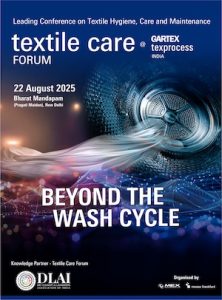 The Drycleaners and Launderers Association of India has been instrumental in connecting over 3,000+ stakeholders from India’s cleaning and textile care fraternity ranging from traditional launderers and modern-day dry cleaners to commercial laundry chains and service providers. Their expertise will enhance the positioning of textile care and professional cleaning as an integral part of the garment and textile ecosystem of Gartex Texprocess India. For the upcoming New Delhi edition of Gartex Texprocess India 2025, the Drycleaners and Launderers Association of India will be associated as the Knowledge Partner for Textile Care Forum which will be organised on the second day of the show – 22nd August 2025. This will engage the members of DLAI, professional launderers, dry cleaners, wet cleaners and various textile care experts and industry stakeholders.
The Drycleaners and Launderers Association of India has been instrumental in connecting over 3,000+ stakeholders from India’s cleaning and textile care fraternity ranging from traditional launderers and modern-day dry cleaners to commercial laundry chains and service providers. Their expertise will enhance the positioning of textile care and professional cleaning as an integral part of the garment and textile ecosystem of Gartex Texprocess India. For the upcoming New Delhi edition of Gartex Texprocess India 2025, the Drycleaners and Launderers Association of India will be associated as the Knowledge Partner for Textile Care Forum which will be organised on the second day of the show – 22nd August 2025. This will engage the members of DLAI, professional launderers, dry cleaners, wet cleaners and various textile care experts and industry stakeholders.
This will shed a spotlight on innovations in cleaning machinery, stain treatment solutions, biodegradable chemicals as well as automation and more, through the Textile Care Forum and encourage participation from the segment.
Mr Suresh D Bhatia, President, Drycleaners and Launderers Association of India, expressed: “At the Drycleaners and Launderers Association of India, we have always believed in the power of collaboration and innovation to uplift the textile care industry. The synergies between Gartex Texprocess India and DLAI are deeply aligned. While Gartex serves as a catalyst for technological evolution in textile and garment production, DLAI represents the critical last-mile link in the lifecycle of these textiles—ensuring longevity, hygiene and quality upkeep. Together, we form a complete circle of care, from creation to preservation. It is through such shared spaces that our industry moves forward—not just in commerce, but in craftsmanship, community, and credibility.”
“In India, we are seeing a clear demand for organised, efficient and sustainable laundry solutions ranging from hospitality and healthcare to industrial and domestic segments. The association with the Drycleaners and Launderers Association of India opens a great opportunity not only for our show but also to strongly align our global brand – Texcare’s vision and global expertise with a platform like Gartex Texprocess India. This will help us address this shift while facilitating deeper business engagements and open an all-new industry network,” expressed Mr Raj Manek, Executive Director & Board Member, Messe Frankfurt Asia Holdings Ltd.
Ms Himani Gulati, Director, MEX Exhibitions Pvt Ltd, stated: “Gartex Texprocess India has always been ahead of the curve in reflecting the real industry shifts. With Drycleaners and Launderers Association of India, we’re adding a new dimension to the show for textile care and professional laundry machinery and technologies. The Textile Care Forum backed by them will not only enhance the show offerings but also bring a sharper focus to sustainability and hygiene in textile maintenance.” Over the years, the show has seen participation from the laundry and dry-cleaning machinery segment, hinting at the industry’s growing interest in bridging the gap between fashion, functionality and care. With the formalised presence of the Drycleaners and Launderers Association of India, new collaborations and growth for the segment are set to accelerate.
Through its partnership with Gartex Texprocess India, Drycleaners and Launderers Association of India will now bring sector-specific insights, textile care experts, knowledge forums and workshops as well as curated pavilions aimed at industry upskilling, sustainability and future readiness.
From featuring fabrics to denim, textile manufacturing machinery to screen-printing machinery to accessories and trims – Gartex Texprocess India moves forward to become a 360-degree hub for India’s textile machinery manufacturing and technologies, denim, screen printing, fabrics, trims and accessories and textile care ecosystem. The New Delhi edition of the show will be held from 21 – 23 August 2025 at Bharat Mandapam (Pragati Maidan), New Delhi.
Posted: July 3, 2025
Source: Messe Frankfurt Trade Fairs India Pvt Ltd
 LENZING, Austria — July 3, 2025 — The Lenzing Group, a leading global supplier of regenerated cellulose fibers for the textile and nonwovens industries, has successfully placed a new hybrid bond with a volume of EUR 500 mn. The bond, which has a non-call period of three years, was offered to both existing investors of the hybrid bond issued in December 2020 and new investors.
LENZING, Austria — July 3, 2025 — The Lenzing Group, a leading global supplier of regenerated cellulose fibers for the textile and nonwovens industries, has successfully placed a new hybrid bond with a volume of EUR 500 mn. The bond, which has a non-call period of three years, was offered to both existing investors of the hybrid bond issued in December 2020 and new investors.


